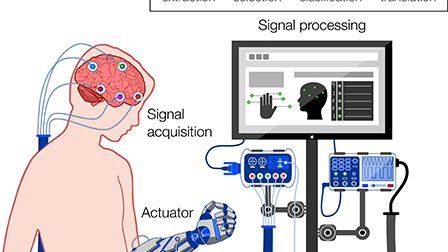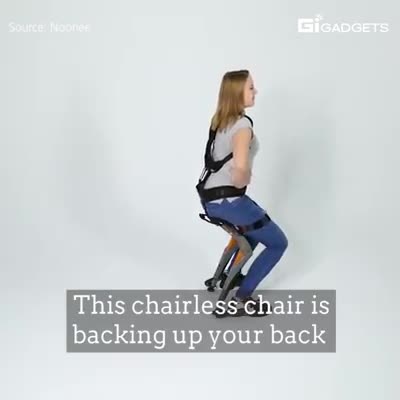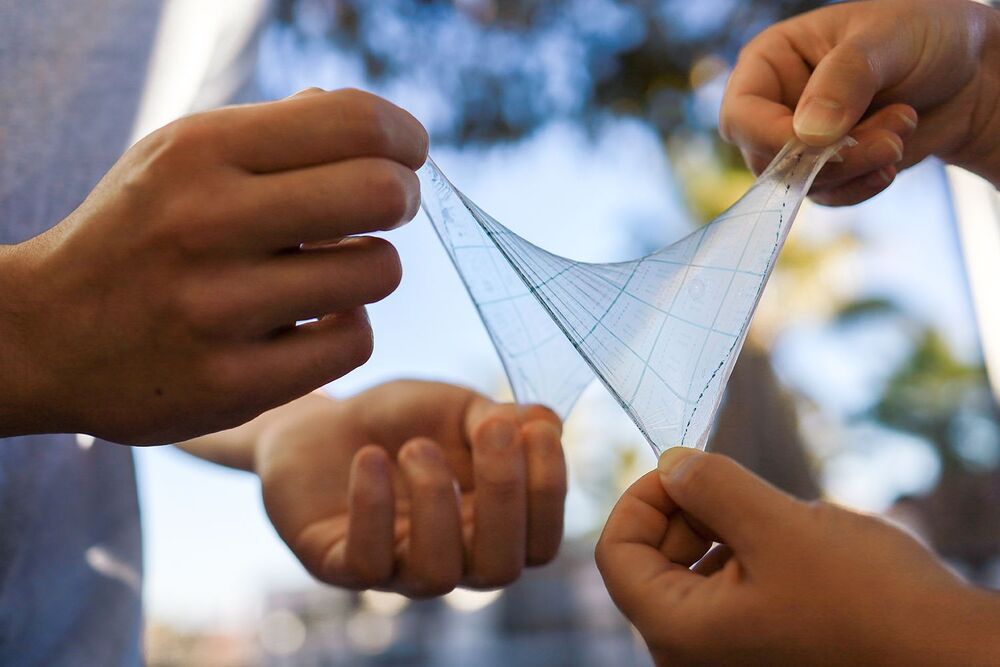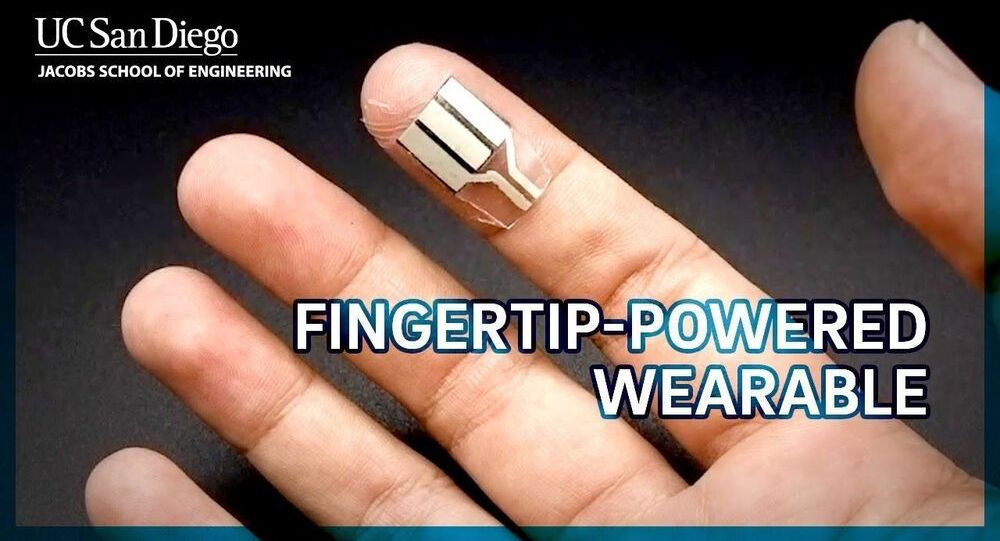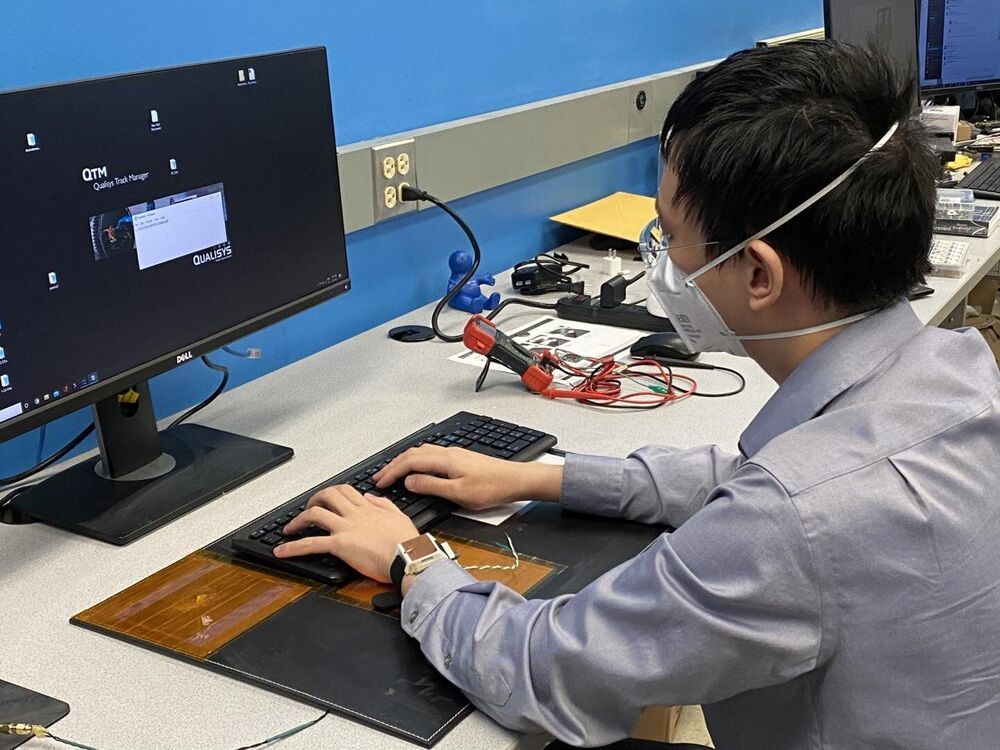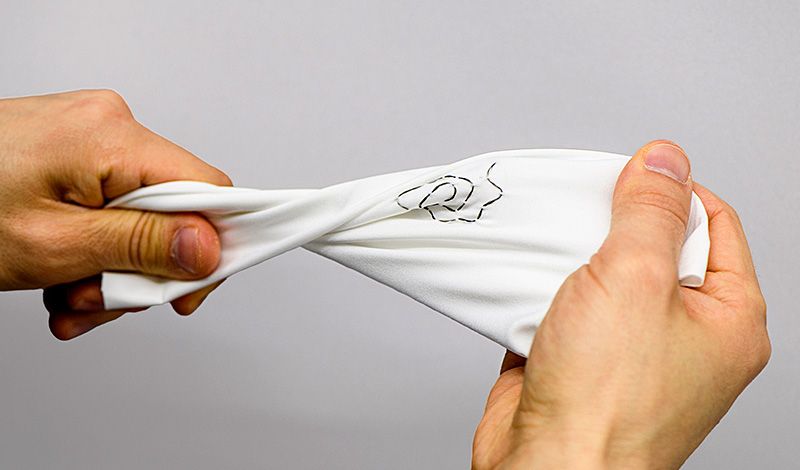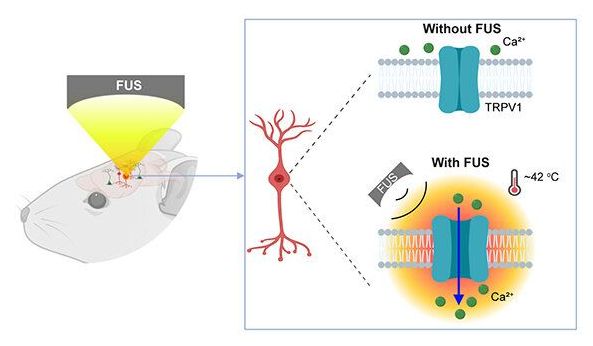Brain–computer interfaces (BCIs) provide bidirectional communication between the brain and output devices that translate user intent into function. Among the different brain imaging techniques used to operate BCIs, electroencephalography (EEG) constitutes the preferred method of choice, owing to its relative low cost, ease of use, high temporal resolution, and noninvasiveness. In recent years, significant progress in wearable technologies and computational intelligence has greatly enhanced the performance and capabilities of EEG-based BCIs (eBCIs) and propelled their migration out of the laboratory and into real-world environments. This rapid translation constitutes a paradigm shift in human–machine interaction that will deeply transform different industries in the near future, including healthcare and wellbeing, entertainment, security, education, and marketing. In this contribution, the state-of-the-art in wearable biosensing is reviewed, focusing on the development of novel electrode interfaces for long term and noninvasive EEG monitoring. Commercially available EEG platforms are surveyed, and a comparative analysis is presented based on the benefits and limitations they provide for eBCI development. Emerging applications in neuroscientific research and future trends related to the widespread implementation of eBCIs for medical and nonmedical uses are discussed. Finally, a commentary on the ethical, social, and legal concerns associated with this increasingly ubiquitous technology is provided, as well as general recommendations to address key issues related to mainstream consumer adoption.
Category: wearables – Page 43
A new wearable brain-machine interface (BMI) system could improve the quality of life for people with motor dysfunction or paralysis, even those struggling with locked-in syndrome—when a person is fully conscious but unable to move or communicate.
A multi-institutional, international team of researchers led by the lab of Woon-Hong Yeo at the Georgia Institute of Technology combined wireless soft scalp electronics and virtual reality in a BMI system that allows the user to imagine an action and wirelessly control a wheelchair or robotic arm.
The team, which included researchers from the University of Kent (United Kingdom) and Yonsei University (Republic of Korea), describes the new motor imagery-based BMI system this month in the journal Advanced Science.
Chairless Chair
Posted in wearables
Chemical engineer Zhenan Bao and her team of researchers at Stanford have spent nearly two decades trying to develop skin-like integrated circuits that can be stretched, folded, bent and twisted — working all the while — and then snap back without fail, every time. Such circuits presage a day of wearable and implantable products, but one hurdle has always stood in the way.
Namely, “How does one produce a completely new technology in quantities great enough to make commercialization possible?” Bao said. Bao and team think they have a solution. In a new study, the group describes how they have printed stretchable-yet-durable integrated circuits on rubbery, skin-like materials, using the same equipment designed to make solid silicon chips — an accomplishment that could ease the transition to commercialization by switching foundries that today make rigid circuits to producing stretchable ones.
Stanford researchers show how to print dense transistor arrays on skin-like materials to create stretchable circuits that flex with the body to perform applications yet to be imagined.
Engineers at the University of California San Diego developed a new wearable device that turns the touch of a finger into a source of power for small electronics and sensors. The device is a thin, flexible strip worn on a fingertip and generates small amounts of electricity when a person’s finger sweats or presses on it.
More interestingly, this sweat-powered device is capable of generating power even when the wearer is asleep or sitting still. This could open up some very interesting possibilities in the wearable space, as the researchers have now figured out how to harness the energy that can be extracted from human sweat even when a person is not moving.
A new wearable device turns the touch of a finger into a source of power for small electronics and sensors. Engineers at the University of California San Diego developed a thin, flexible strip that can be worn on a fingertip and generate small amounts of electricity when a person’s finger sweats or presses on it.
What’s special about this sweat-fueled device is that it generates power even while the wearer is asleep or sitting still. This is potentially a big deal for the field of wearables because researchers have now figured out how to harness the energy that can be extracted from human sweat even when a person is not moving.
This type of device is the first of its kind, said co-first author Lu Yin, a nanoengineering Ph.D. student at the UC San Diego Jacobs School of Engineering. “Unlike other sweat-powered wearables, this one requires no exercise, no physical input from the wearer in order to be useful. This work is a step forward to making wearables more practical, convenient and accessible for the everyday person.”
As smart watches are increasingly able to monitor the vital signs of health, including what’s going on when we sleep, a problem has emerged: Those wearable, wireless devices are often disconnected from our body overnight, being charged at the bedside.
“Quality of sleep and its patterns contain a lot of important information about patients’ health conditions,” says Sunghoon Ivan Lee, assistant professor in the University of Massachusetts Amherst College of Information and Computer Sciences and director of the Advanced Human Health Analytics Laboratory.
But that information can’t be tracked on smartwatches if the wearable devices are being charged as users sleep, which prior research has shown is frequently the case. Lee adds, “The main reason users discontinue the long-term use of wearable devices is because they have to frequently charge the on–device battery.”
Google has invested heavily in healthcare. I think in the end, they will be the ultimate profile provider for users. Just connect your electronic health record with your personal profile combined with Fitbit wearable technologies.
Google has made moves to expand its presence in the healthcare sector during the last 12 months, including multiple partnerships with health systems, several new product launches and efforts to facilitate the country’s COVID-19 vaccine rollout.
Below is a timeline of Google’s key healthcare moves reported by Becker’s Hospital Review since June 2020.
June 18, 2020: Google sister company Verily developed a program to help employees and students safely return to offices and shared spaces while monitoring for COVID-19. The program, dubbed Healthy at Work, is powered by Verily’s software and COVID-19 testing infrastructure.
Researchers at Purdue University, Indiana, have developed a method to transform ordinary clothes into battery-free wearables that are waterproof and resistant to laundry. These smart fabrics can be powered wirelessly through a flexible, silk-based coil sewn on the textile.
Using a mouse model, Chen and the team delivered a viral construct containing TRPV1 ion channels to genetically-selected neurons. Then, they delivered small burst of heat via low-intensity focused ultrasound to the select neurons in the brain via a wearable device. The heat, only a few degrees warmer than body temperature, activated the TRPV1 ion channel, which acted as a switch to turn the neurons on or off.
Neurological disorders such as Parkinson’s disease and epilepsy have had some treatment success with deep brain stimulation, but those require surgical device implantation. A multidisciplinary team at Washington University in St. Louis has developed a new brain stimulation technique using focused ultrasound that is able to turn specific types of neurons in the brain on and off and precisely control motor activity without surgical device implantation.
The team, led by Hong Chen, assistant professor of biomedical engineering in the McKelvey School of Engineering and of radiation oncology at the School of Medicine, is the first to provide direct evidence showing noninvasive, cell-type-specific activation of neurons in the brain of mammal by combining ultrasound-induced heating effect and genetics, which they have named sonothermogenetics. It is also the first work to show that the ultrasound-genetics combination can robustly control behavior by stimulating a specific target deep in the brain.
Results of the three years of research, which was funded in part by the National Institutes of Health’s BRAIN Initiative, were published online in Brain Stimulation May 11, 2021.
